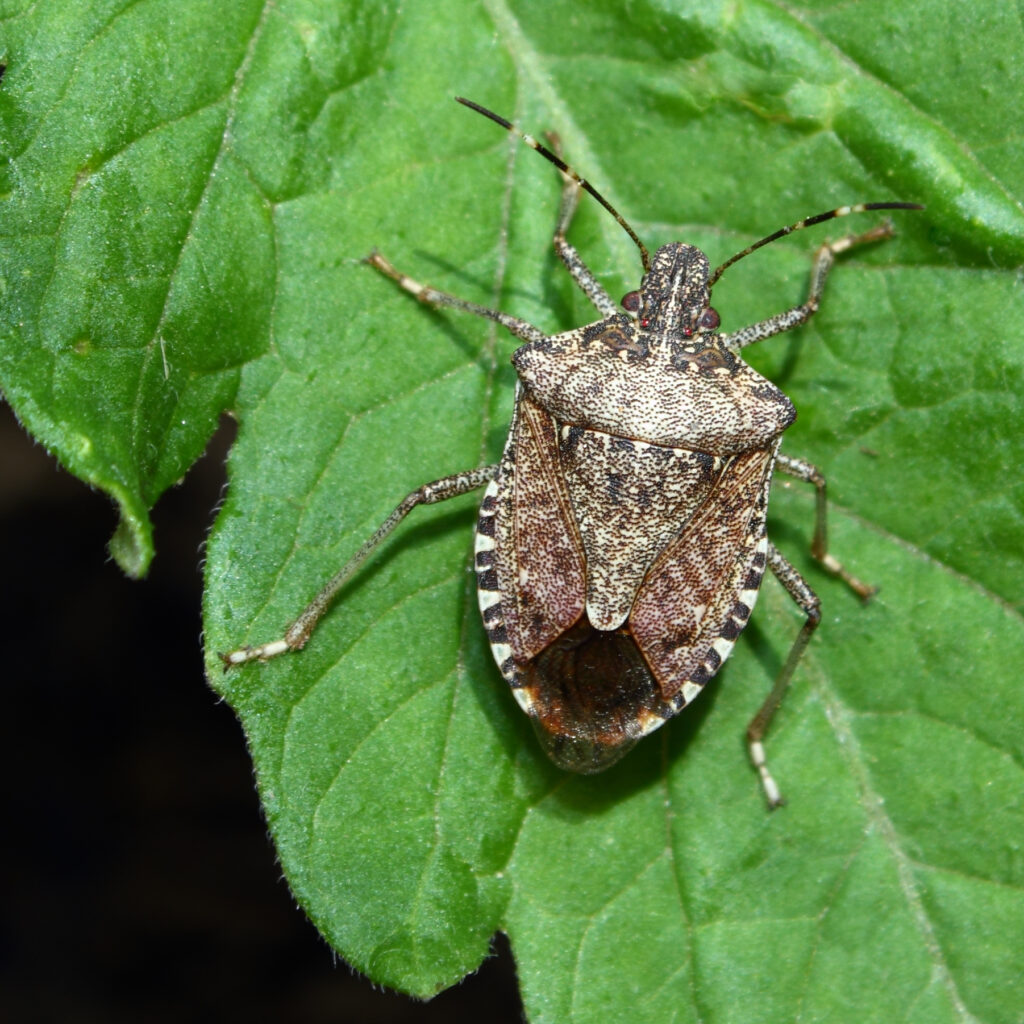The NSW Government has asked travellers arriving in Australia from Europe or Asia, to check their luggage for the brown marmorated stink bug, Halyomorpha halys.
The pest was recently detected in home in the state. A traveler who had arrived from Asia put the stink bug in a jar and froze it, before calling the NSW Department of Primary Industries (DPI).
Confirmed as a brown marmorated stink bug by DPI scientists, further investigations detected another stink bug hidden in the pocket of a pair of pants from the luggage.
The DPI is undertaking ongoing surveillance to ensure no stink bugs have escaped or established outside the house.
Brown marmorated stink bugs are known to stow away in cargo from the northern hemisphere from September to April.
The pest hibernates in Winter and emerges in Summer.
Feeding on more than 300 plant species, it would be extremely difficult and expensive to manage if allowed to establish in Australia as it is not easily controlled with pesticides.
An adult brown marmorated stink bug is approximately 12 to 17 mm long and 7 to 10 mm wide, about the size of a five-cent coin, and emits a pungent odour when disturbed.
Brown marmorated stink bugs vary in colour, but generally have mottled brown bodies with white bands on antennae, legs and the sides of their abdomen.
This stink bug feeds on fruiting plants, including ornamentals and vegetables. Its preferred plants include apples, peaches, raspberries, sweet corn, green beans, capsicums and tomatoes.
In August 2018, brown marmorated stink bug was eradicated in NSW following the detection of the pest in western Sydney warehouses in the 2017-18 summer.
Tara Moriarty is NSW’s Minister for Agriculture. Ms Moriaty called for people to be vigilant about the bug.
“Look for brown marmorated stink bug in your luggage, including clothes and shoes, around the home and in yards and call the NSW Exotic Plant Pest Hotline, 1800 084 881 if you find any – dead or alive,” she said.
“Not only does this stink bug release a disgusting odour, it’s a serious threat to households and horticultural industries as it damages plants, including vegetable and fruit crops and ornamental trees.”
More information about the brown marmorated stink bug is available here.











